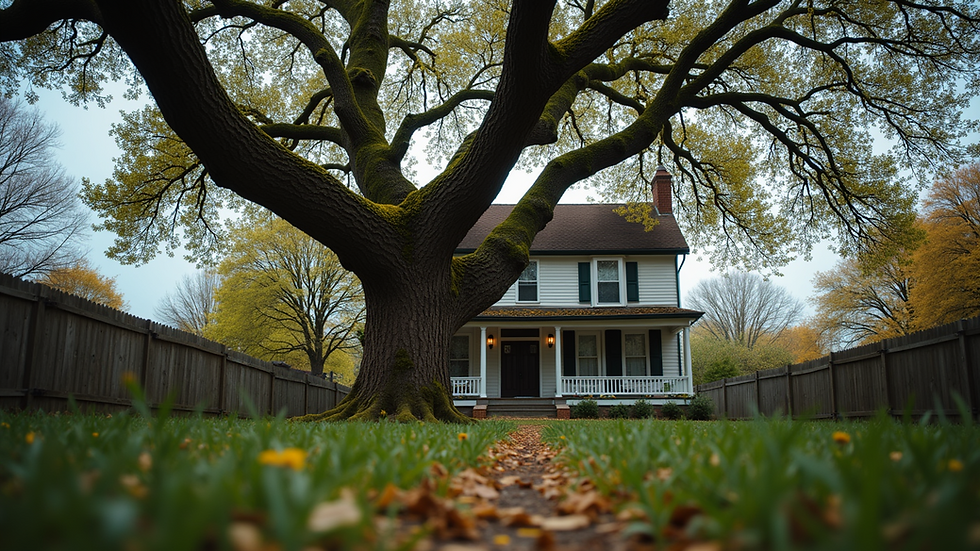How to Handle Neighbor Disputes Over Tree Trimming
- Michael Shults
- Dec 18, 2024
- 3 min read

Trees add beauty, shade, and character to our neighborhoods, but they can also become a source of conflict between neighbors. Disputes over tree trimming are common, especially when branches cross property lines or when one party perceives a risk or inconvenience. Resolving these issues amicably and legally is crucial to maintaining good relationships and avoiding costly legal battles. Here’s a guide to handling neighbor disputes over tree trimming.
Understand the Laws in Your Area
Tree trimming laws vary by location, so it’s important to familiarize yourself with local regulations. In most jurisdictions:
You have the right to trim branches that extend onto your property, as long as you do not damage the tree.
You cannot trespass onto your neighbor’s property without permission to trim or remove a tree.
Responsibility for damage caused by falling branches or roots often depends on whether the tree was maintained and if the issue was foreseeable.
Check your city or county’s website for specific guidelines or consult a local attorney for advice.
Communicate Openly with Your Neighbor
Good communication can prevent many disputes. If your neighbor’s tree is causing problems, approach them respectfully:
Choose the right time and place: Have a calm, private discussion rather than raising the issue during a heated moment.
Explain your concerns clearly: Share specific examples, such as overhanging branches blocking sunlight or roots damaging your driveway.
Listen to their perspective: Your neighbor may not be aware of the issue or may have their own concerns about the tree.
Propose a Solution
Once you’ve discussed the issue, suggest a reasonable solution. This might include:
Hiring a professional tree service to trim the branches.
Sharing the cost of trimming if both parties benefit.
Setting a schedule for regular maintenance.
Make sure to agree on who will cover the cost and ensure the work complies with local regulations.
Document Your Agreement
If you and your neighbor reach an agreement, document it in writing. Include details such as:
The scope of the work (e.g., which branches will be trimmed).
Who will perform the work.
Payment responsibilities.
Having a written agreement can prevent misunderstandings and serve as evidence if future disputes arise.
When to Involve Professionals
If communication breaks down or the issue involves significant risks, such as a tree threatening to fall, consider:
Hiring a mediator: A neutral third party can help you and your neighbor find common ground.
Consulting an arborist: A tree care professional can assess the health and safety of the tree and recommend appropriate action.
Seeking legal advice: If the dispute escalates, a lawyer can explain your rights and options.
Avoiding Future Disputes
Proactive steps can reduce the likelihood of future tree-related conflicts:
Maintain your own trees: Regular pruning and inspections can prevent problems.
Talk to your neighbor early: If you notice an issue developing, address it before it becomes a bigger problem.
Establish clear boundaries: If you’re planting new trees near a property line, choose species with non-invasive roots and manageable growth.
Conclusion
Neighbor disputes over tree trimming don’t have to result in animosity or legal battles. By understanding your rights, communicating openly, and seeking mutually beneficial solutions, you can resolve conflicts while maintaining a positive relationship with your neighbor. Trees are meant to enhance our lives—not divide us—so approach these situations with patience and a spirit of collaboration.






Comments